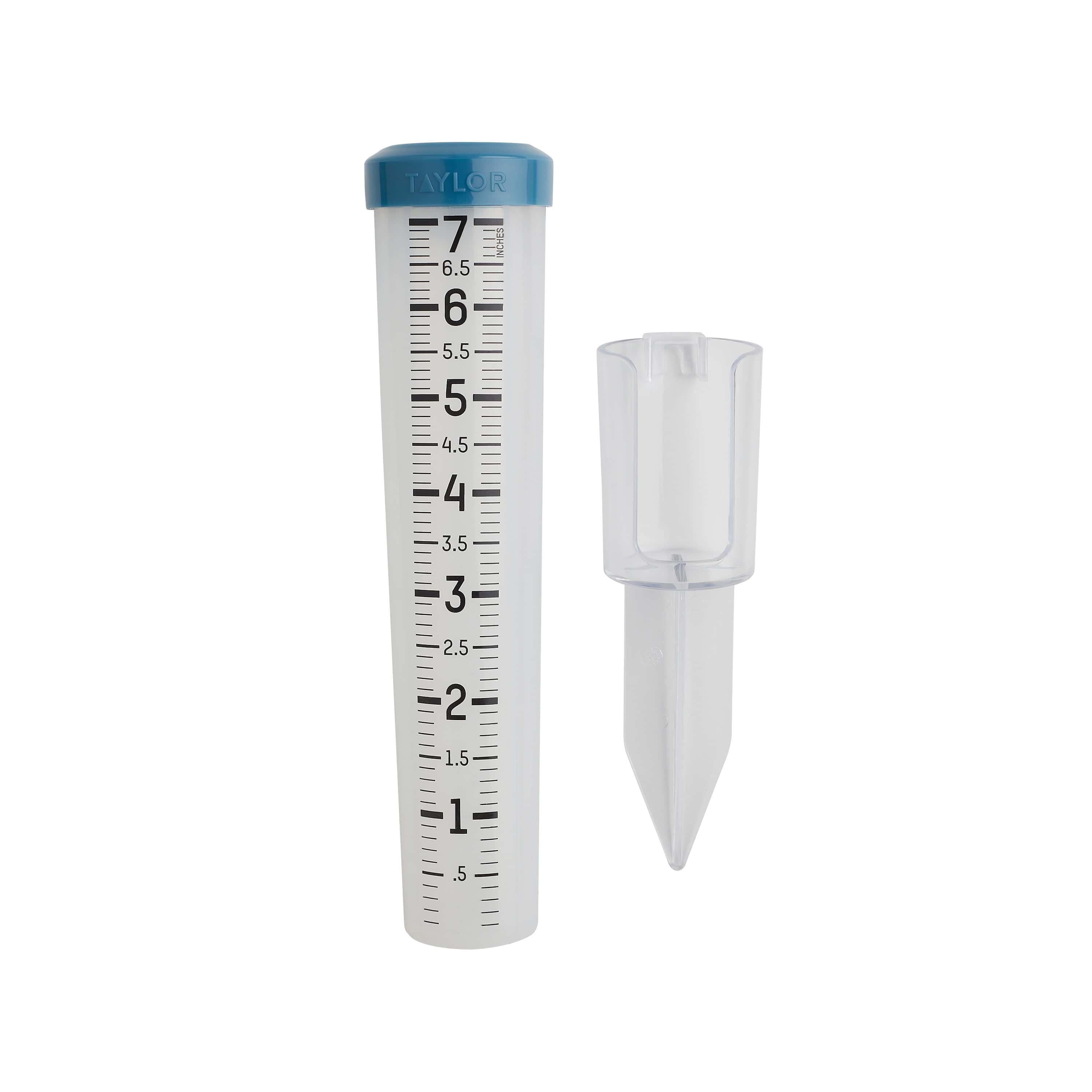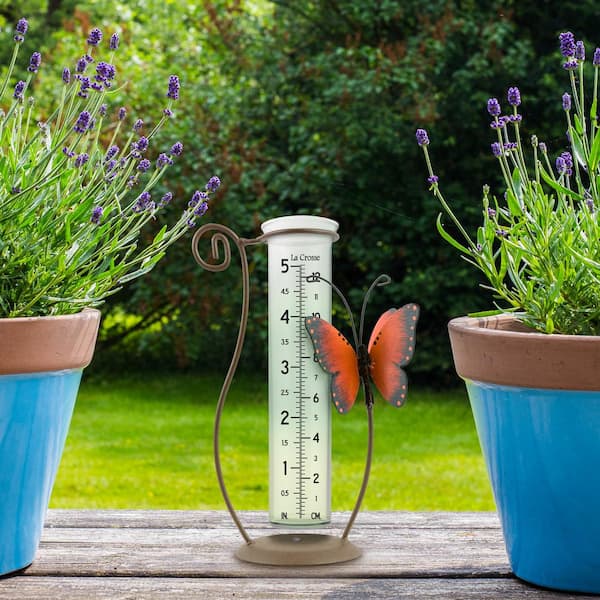Comprehending The Rain Gauge: Value, Types, and Use Explained
Comprehending The Rain Gauge: Value, Types, and Use Explained
Blog Article
How to Select the Right Rain Gauge for Accurate Rainfall Data
To acquire reputable measurements, it is crucial to select the best rainfall gauge. Considering aspects such as location, kind, and accuracy of the rainfall gauge will certainly help make certain precise information collection. Furthermore, understanding the upkeep and calibration treatments will add to the long life and dependability of your rain scale.
Significance of Selecting the Right Rainfall Gauge
The relevance of selecting the appropriate rain scale lies in getting trusted and accurate rains data for precise atmospheric evaluation. Rainfall information is crucial for a large range of applications, consisting of weather forecasting, hydrological modeling, and environment research. Undependable or unreliable information can lead to wrong final thoughts and flawed decision-making procedures.

Second of all, the accuracy and accuracy of the rain gauge are critical. The scale ought to be able to gauge rainfall with high accuracy, catching even tiny amounts of rainfall accurately.
Moreover, the location and installment of the rain scale are essential factors to consider. It ought to be positioned in an open area, far from blockages that might affect rains dimensions. The scale should be placed at a suitable height and angle to avoid spilling and make certain proper catchment of rain.
Variables to Think About When Picking a Rain Gauge
When picking a rain scale, there are numerous essential aspects to consider. These factors can considerably influence the precision and dependability of the rains information accumulated. The first element to take into consideration is the sort of rain gauge. There are different kinds readily available, consisting of conventional rainfall determines, tipping bucket rainfall gauges, and evaluating rain evaluates. Each type has its very own benefits and downsides, so it is essential to pick one that best suits your particular requirements and requirements.
An additional element to think about is the product of the rain scale. Rainfall determines can be constructed from different products, such as plastic, steel, or glass. The material selected ought to be resilient and resistant to weather, making sure that the rain gauge will certainly hold up against the components and supply precise measurements in time.
Accuracy is also a crucial element to take into consideration. Search for rain evaluates that have actually been adjusted and evaluated for accuracy. Attributes such as anti-splash rings and funnels can also boost the precision of the dimensions.

Lastly, take into consideration the climate and atmosphere in which the rainfall scale will be made use of. Different rainfall gauges appropriate for various climates, so it is crucial to choose one that is suitable for the problems in your location.
Various Sorts Of Rainfall Gauges Offered
To better explore the elements to consider when picking a rainfall scale, it is necessary to comprehend the various kinds of rainfall gauges offered. There are numerous sorts of rain evaluates, each with its own benefits and drawbacks. The most typical kind is the typical rain scale, also referred to as the cylindrical rainfall scale. This kind contains a straight-sided round container with a funnel-shaped top. It is simple to use and offers precise measurements of rainfall.
An additional type of rain scale is the tipping bucket rainfall gauge. As the rainfall falls into the gauge, it loads up one side of the bucket, creating it to tip and empty the water.
A third type of rainfall gauge is the weighing rain gauge. As the rainfall falls right into the gauge, it is gathered in a container attached to an equilibrium.
Finally, there are likewise remote rainfall gauges that usage go now progressed technology to determine rains (The Rain Gauge). These gauges use sensing units and transmitters to send out information wirelessly to a central system. Remote rainfall determines are convenient for checking Going Here rainfall in hard-to-reach areas or for massive information collection
How to Figure out the Precision of a Rainfall Gauge
One way to examine the precision of a rainfall gauge is by carrying out regular calibration measurements. Calibration includes contrasting the analyses of a rainfall scale to a common dimension, such as a qualified rainfall scale or a weather station with high precision. By contrasting the dimensions, any kind of disparities or errors in the rainfall scale can be determined and represented.
To carry out a calibration dimension, begin by gathering rainfall data from both the rainfall scale and the common dimension tool over a details period, such as a month. Contrast the analyses and determine the difference between them. This distinction is known as the calibration error.
It is essential to note that calibration measurements should be performed consistently, as ecological variables, such as wind, temperature, and particles, can affect the precision of the rain scale gradually. By performing routine calibrations, any adjustments in the accuracy of the rainfall scale can be spotted and changes can be made appropriately.
Along with calibration, it is additionally advised to tidy and preserve the rain gauge consistently to guarantee its precision. Get rid of dig this any particles or blockages that may impact the precision of the measurements, and look for any kind of signs of damages or use that might require repair services or replacement.
Tips for Preserving and Adjusting Your Rain Scale
Regular upkeep and calibration are crucial for ensuring the accuracy and integrity of your rainfall gauge in measuring rains information (The Rain Gauge). By following a few straightforward suggestions, you can make sure that your rainfall scale is appropriately maintained and adjusted
Firstly, it is necessary to cleanse your rainfall gauge consistently to avoid any kind of debris or dirt from blocking the rainfall collection device. Make use of a light detergent and a soft brush to delicately clean up the inside and exterior of the scale. Wash it extensively with clean water and allow it to dry entirely prior to re-installing it.
Second of all, it is recommended to calibrate your rain scale a minimum of as soon as a year. Calibration involves comparing the measurements of your rain gauge with those of a trusted and exact reference gauge. This will help you identify and correct any prospective mistakes in your rain gauge's measurements.
To calibrate your rain gauge, accumulate a recognized volume of water utilizing a determining container and compare it with the measurements tape-recorded by your rain scale. Change the readings accordingly to make sure precision.

Conclusion
In verdict, choosing the right rain scale is essential for obtaining exact rainfall information. Variables such as function, budget, and location need to be considered when picking a rain gauge. There are different sorts of rain determines readily available, each with their very own benefits and constraints. It is very important to frequently keep and adjust your rain gauge to ensure its precision. By adhering to these guidelines, accurate rainfall data can be gotten for various applications.
There are various kinds offered, consisting of typical rainfall gauges, tipping bucket rain gauges, and weighing rain gauges.To further explore the factors to consider when selecting a rain gauge, it is important to understand the various kinds of rainfall evaluates offered. The most typical type is the basic rain scale, additionally understood as the cylindrical rain gauge.Another kind of rainfall gauge is the tipping bucket rainfall scale. Calibration includes comparing the analyses of a rainfall gauge to a basic measurement, such as a qualified rain scale or a climate station with high accuracy.
Report this page